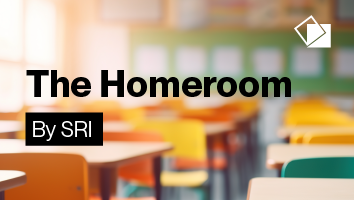Citation
Penuel, W. R., Sussex, W., & Korbak, C. (2005, October). Mapping the distribution of expertise and resources in a school: Investigating the potential of using social network analysis in evaluation. Paper presented at the Joint Conference of the Canadian Evaluation Society and the American Evaluation Association, Toronto, Ontario, Canada.
Abstract
This paper describes results of a study investigating the potential of using social network analysis to evaluate the capacity of a school to undertake a schoolwide educational reform. The goal of this method is to use data about teacher collaboration within schools to map and explain the distribution of expertise and resources needed to enact reforms. Such maps are of great potential value to school leaders, who are responsible for instructional leadership in schools; but they also include information that can potentially bring harm to individuals and school communities. In this paper, we describe interview findings about potential concerns teachers might have for collecting and sharing social network data. In addition, we describe some of the procedures we undertook to protect participants rights and minimize potential harm that could arise from sharing information about collegial interactions with evaluation researchers in a subsequent study in our project.


